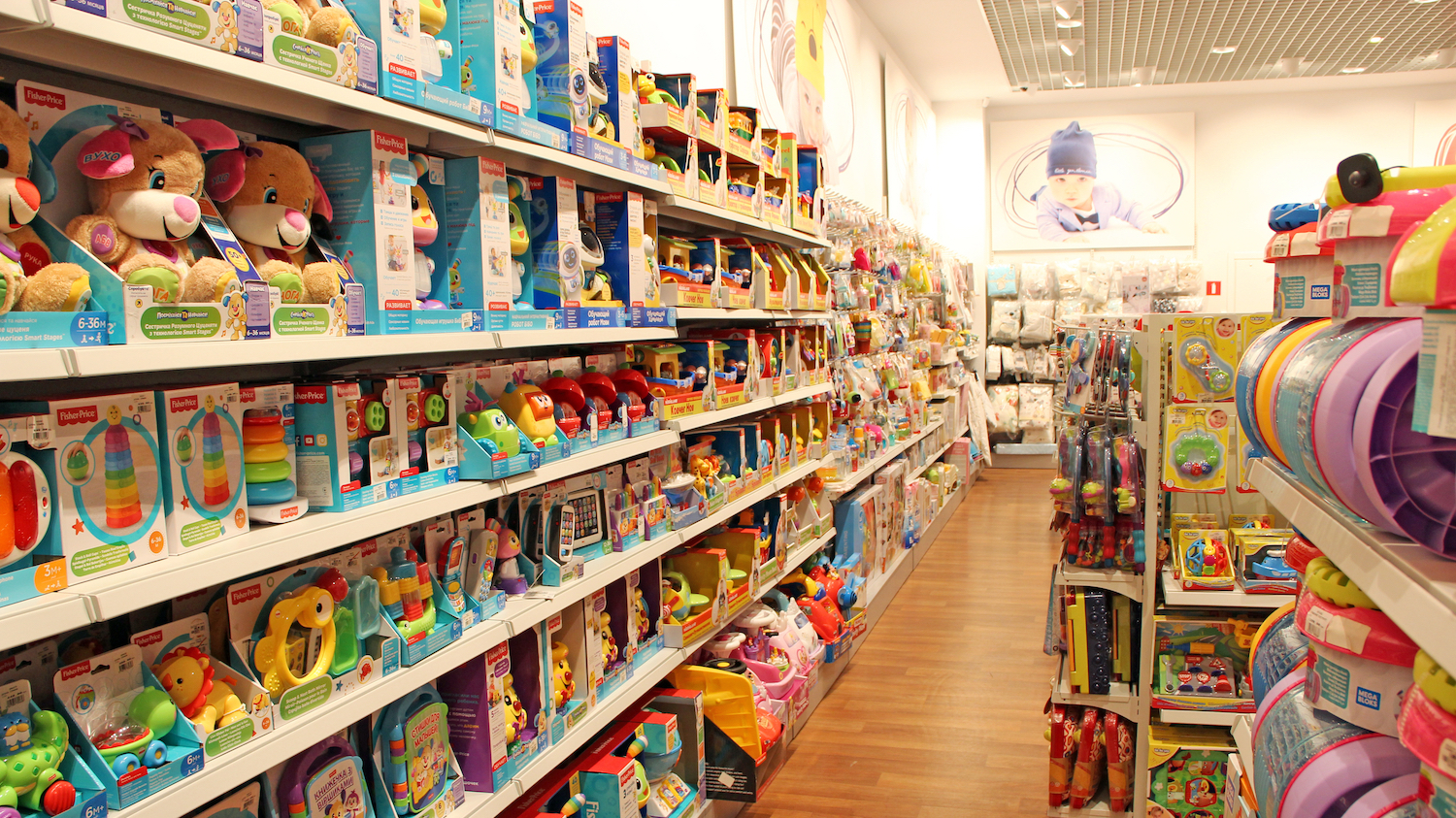Tariffs, Shipping and Shortages
Shipments from China are slowing down. Poole College supply chain expert Rob Handfield explains what that means for U.S. consumers and companies.

Most of the reciprocal tariffs announced April 2 by President Donald Trump are on hold, pending negotiations with individual countries.
The largest, though—125% on products from China, in addition to an existing 25% levy—has been implemented, and one of its effects has been a reduction in Chinese imports. Officials with the Port of Los Angeles, where more than half of 2024 shipments came from China, expect this month to bring a 35-percent drop in incoming cargo, according to CNN.
Rob Handfield, Bank of America University Distinguished Professor of Supply Chain Management and executive director of the Supply Chain Resource Cooperative, discussed possible effects of the shipping slowdown, including product shortages, price increases and supply chain resets.
Q: Incoming cargo shipments from China are slowing down. What products might that affect?
A: Believe it or not, retailers are placing Christmas orders now. On things that have to be on shelves before Christmas, they’re ordering now for delivery in October and November. And 80% of all of the toys manufactured come from China. Electronics, furniture and home goods are other categories. Nearly all of that comes from China.

A lot of retailers have preloaded as much inventory as they can. They’ve taken early shipments and loaded up their warehouses, but that might only last a month or two. Normally, they’ve got a constant flow of stuff coming in and being distributed. And it’s likely they’re not going to do that as these tariffs go into place.
The CEOs of Wal-Mart, Target and Home Depot met with the Trump administration and informed him they’re not going to buy stuff that has a 125% tariff on it and put it on the shelves because shoppers aren’t going to buy it. They don’t want to be stuck with all these products that aren’t going to sell.
So you’re going to see a lot of empty shelves because of that. And that’s kind of scary.
Q: How likely are we to see shortages of essentials, like what happened early in the COVID-19 pandemic?
A: During COVID-19, shortages of things like toilet paper, pork and poultry occurred because of panic buying. Pork, beef, chicken, toilet paper—all those goods are produced here. We’re in good shape on anything where we’re self-reliant, like oil and gas and a lot of agricultural products. We don’t have shortages right now, nor should we expect any in these areas.
The thing that’s worrisome though is that China is imposing retaliatory tariffs on these same agricultural goods: pork, beef, poultry, soybeans, corn, and others. That’s really going to hurt farmers. We export a ton of those products to China. If demand drops, than prices drop and farmers won’t be able to get a decent return on investment. So they won’t plant as much or they may cull their herds. In that case, we could eventually see shortages.
Q: Once products reach a port, how do the tariffs actually get applied?
A: That’s not a simple matter. You don’t just check an HTS code and add 125%. (Editor’s note: Harmonized tariff system (HTS) codes are numbers used across countries to identify products for the application of tariffs.) You have to know what percentage of a product’s components are from which country. And who pays for it—the broker of the sale? The shipper? The buyer? How are the funds transferred? There are no published guidelines for how Customs and Border Patrol will handle it, although they are making progress on a framework.
The markup on these products—where the retailers make their profit—is a function of these tariffs. Large retailers like Walmart and Target are asking their suppliers to absorb some of the cost of tariffs. And those suppliers may on take some, but they can’t take all of it.
The thing that worries me is how this will hit small businesses that rely on Chinese imports. They don’t have the working capital to absorb these tariffs or buy extra inventory ahead of time. And they don’t have anywhere to store it if they could.
Q: What are you hearing from supply chain practitioners?
A: They’re scrambling. They’re looking at ways they can add clauses to contracts that would adjust prices based on different tariffs. They’re trying to identify alternative suppliers in different countries where the tariffs are lower. Some are looking at how to move products through free trade zones or petitioning the (U.S.) Department of Commerce for tariff exemptions.
A lot more companies are looking at alternatives to sourcing from China. One company I’ve talked to is thinking about India. To do that, you have to actually fly there and look at the manufacturing sites. And you have to ask a lot of questions —do they have adequate logistics? Do the people there have the right skills? Will they have to train a lot of people? How are the water, electrical and transportation infrastructure? It’s not a simple thing.
This post was originally published in Poole Thought Leadership.
- Categories:


